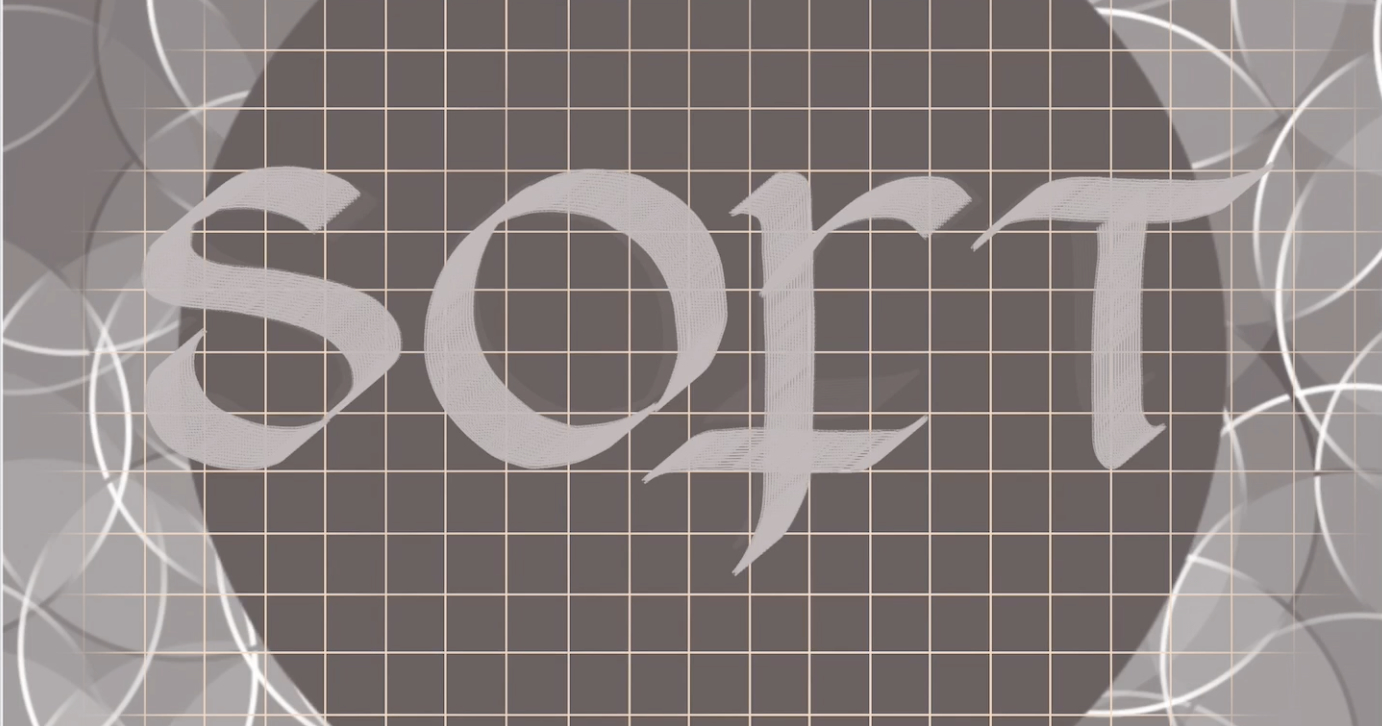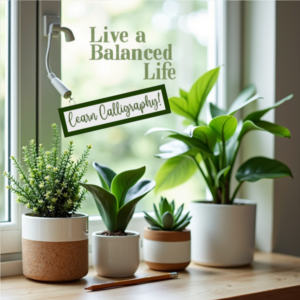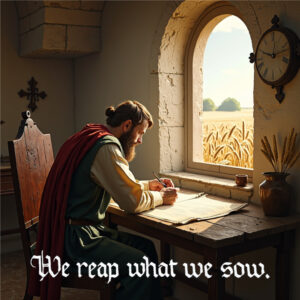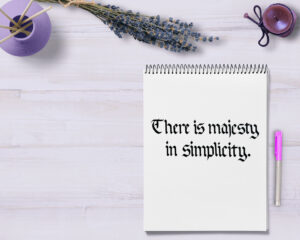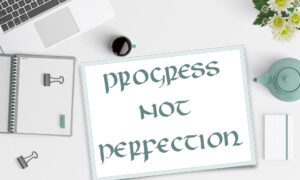The key is to choose your words thoughtfully instead of reacting impulsively. A soft answer isn’t about being passive or avoiding conflict—it’s about choosing kindness and patience over aggression or defensiveness. It’s not just the volume of your voice that matters; it’s the tone, the warmth and openness you convey through it.
Can we relate “soft answers” directly to calligraphy? I say YES! I firmly believe that much is communicated through the style of our writing, not just the words that we use to convey our thoughts and feelings. Consider the word “soft”, written in uncial, and compare it to the word “soft” written in a simple gothic script. Don’t you think one of them feels “softer” than the other one?
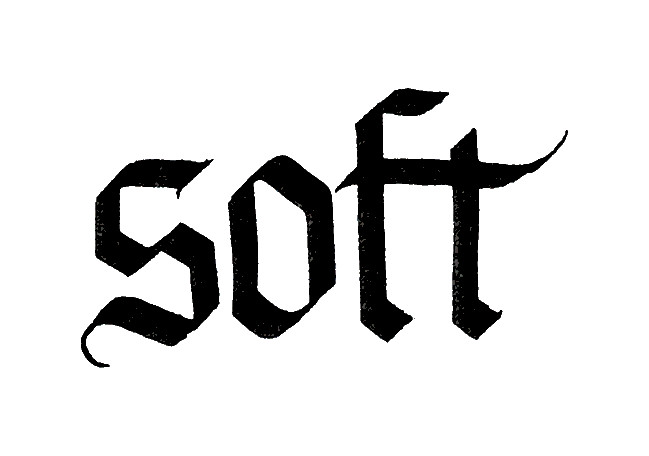
In difficult conversations, a soft answer can turn an argument into a productive discussion. By staying calm, maintaining an even tone, and speaking with empathy, you give the other person space to express themselves, too. You’re not just answering—you’re creating understanding and encouraging dialogue.
This approach isn’t always easy, especially when emotions are running high. But maybe, just maybe, that is the very moment where you need to take a deep breath and find yourself a quiet space — a place where you can “go inside” and calm your inner conversation. For many of us, writing is a perfect way to re-centre. It helps us re-boot, to start a-new.
When I say “writing“, you could choose between:
1. taking a sheet of paper and an ordinary pen, and spilling your emotions into words onto the paper, and
2. getting out your calligraphy supplies and slowing your mind and your breathing with nice, even strokes and beautiful letters.
Answer softly. Contribute toward an environment where everyone feels heard, respected, and safe.

